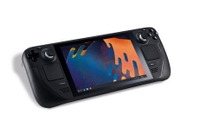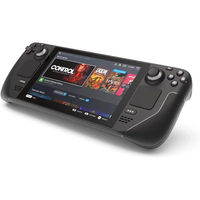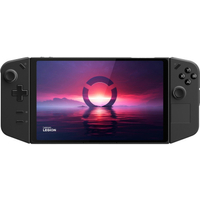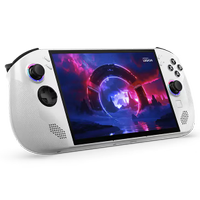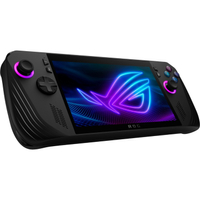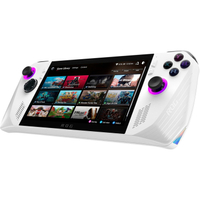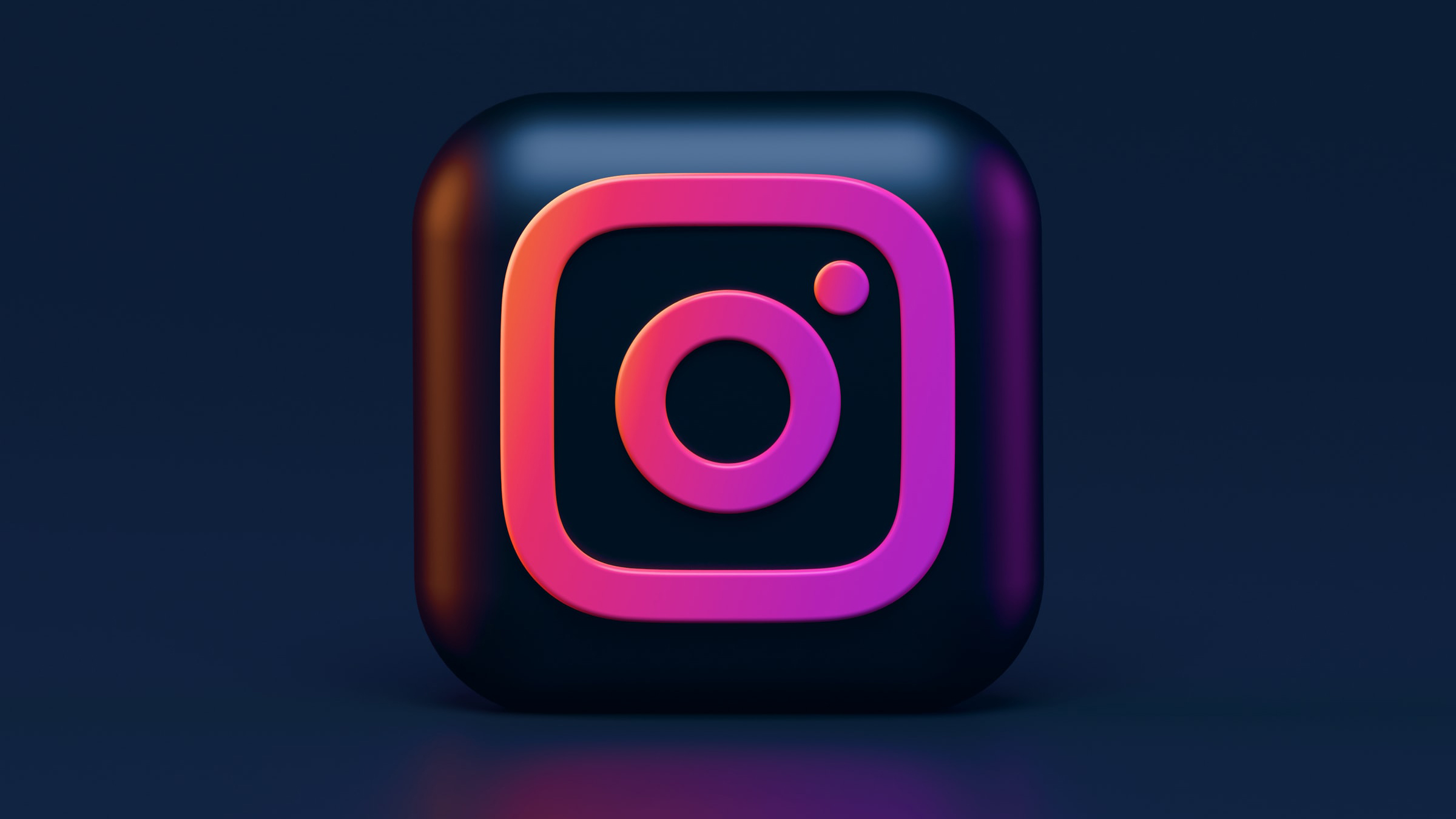Switch 2 vs. Steam Deck and other gaming handhelds — can Nintendo hang?
Will the Switch 2 keep up with the changing market?
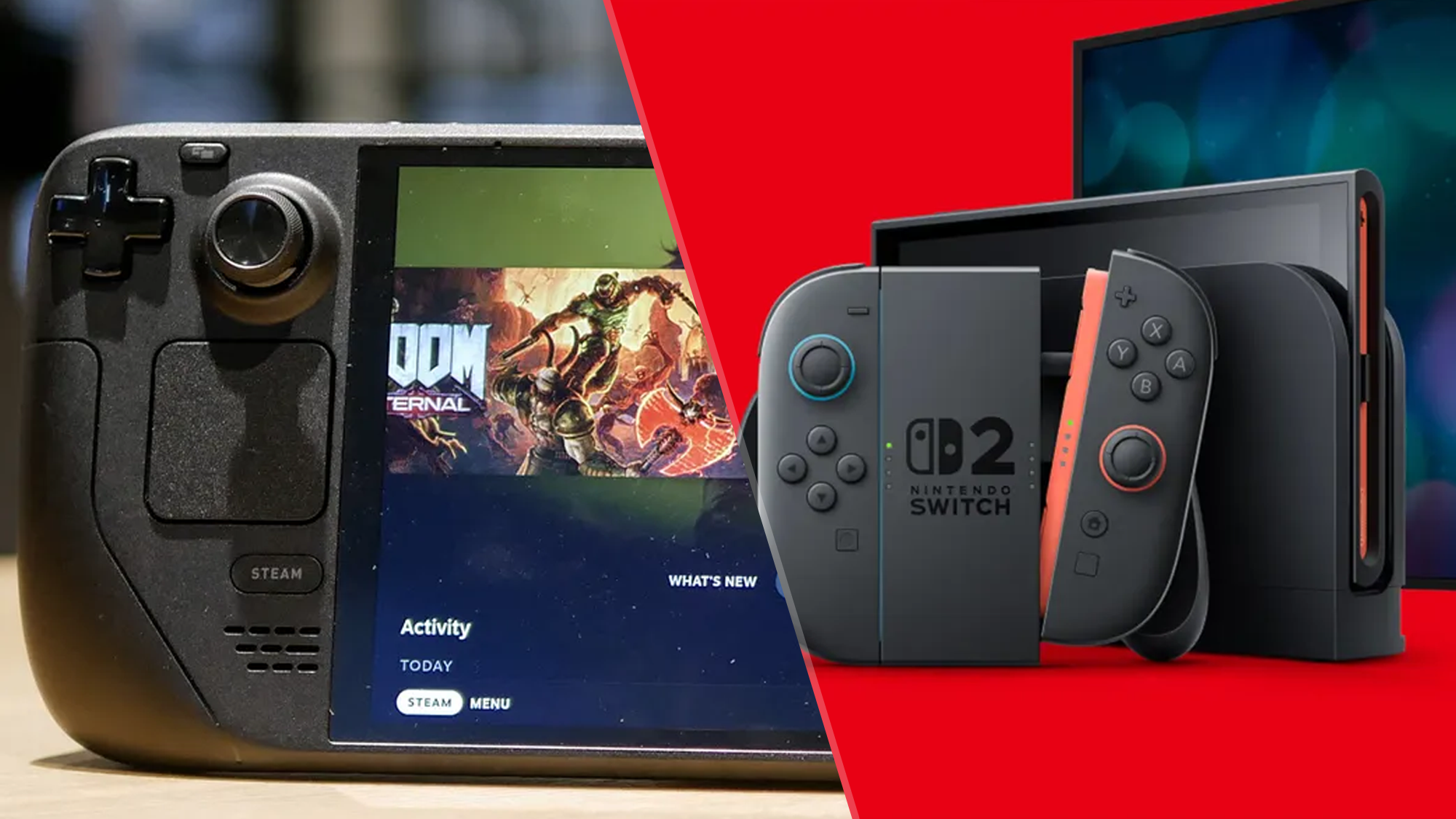
As much as I love my Switch, it hasn't been my go-to handheld in years. When it first launched in 2017, the OG Switch had the landscape all to itself, demonstrating just how much of an appetite there was for a console-handheld hybrid. Unfortunately for Nintendo, some of the biggest names in PC gaming listened — and did it better.
These days, a slate of handheld gaming PCs has stolen my attention, and more often than not, I find myself reaching for my Steam Deck and leaving my Switch to gather dust in its dock. Between the allure of playing my Steam library on the go, often with higher resolutions and frame rates than the Switch can manage, and Nintendo's line-up of first-party titles drying up, there hasn't been much drawing me back to the Switch.
Compared to its predecessor, the Switch 2 faces an entirely different landscape when it comes out later this year. The Steam Deck, which arrived in 2022 when the 5-year-old Switch was already showing its age, kicked off a wave of handheld gaming PCs.
Its Linux-based SteamOS not only copied the Switch's biggest selling point but also made pick-up-and-play portability even more convenient, letting you seamlessly jump between playing games on your desktop PC and on the go.
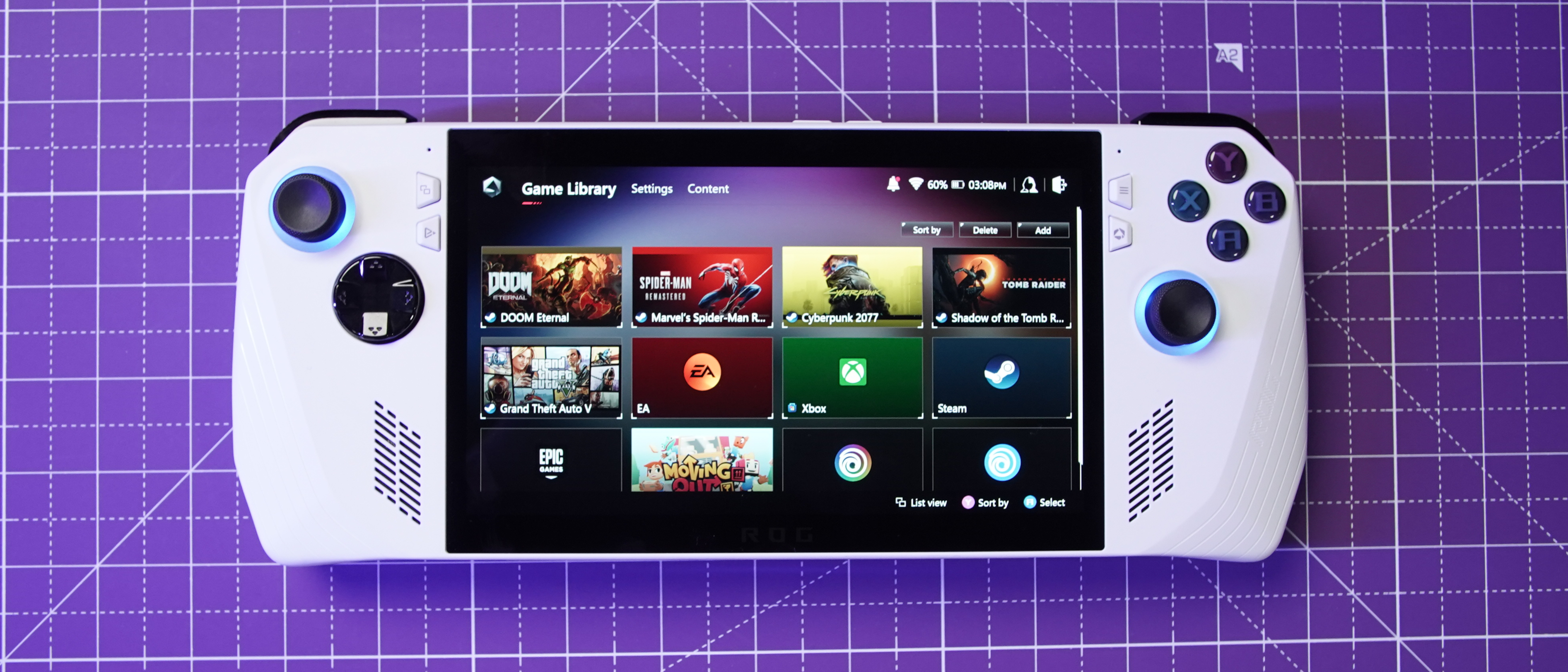
And it's far from the only name in the game. Already challenging Steam for the throne is the Windows 11-driven Asus ROG Ally and its beefier cousin, the ROG Ally X.
You've got the MSI Claw 8+ AI powered by Intel’s improved Core Ultra 200V “Lunar Lake” chip, the Acer Nitro Blaze 7, and the Lenovo Legion Go with its Switch-like detachable controllers.
Even my trusty Steam Deck, arguably the best handheld gaming console out there, has been supplanted by the Steam Deck OLED, taking a page from Nintendo after the Switch OLED's success.
Sign up to get the BEST of Tom's Guide direct to your inbox.
Get instant access to breaking news, the hottest reviews, great deals and helpful tips.
Heating things further, CES 2025 made it clear that this'll be a banner year for gaming handhelds. We're in a veritable renaissance I haven't seen since I was wiling away recess on my Game Boy SP or PSP.
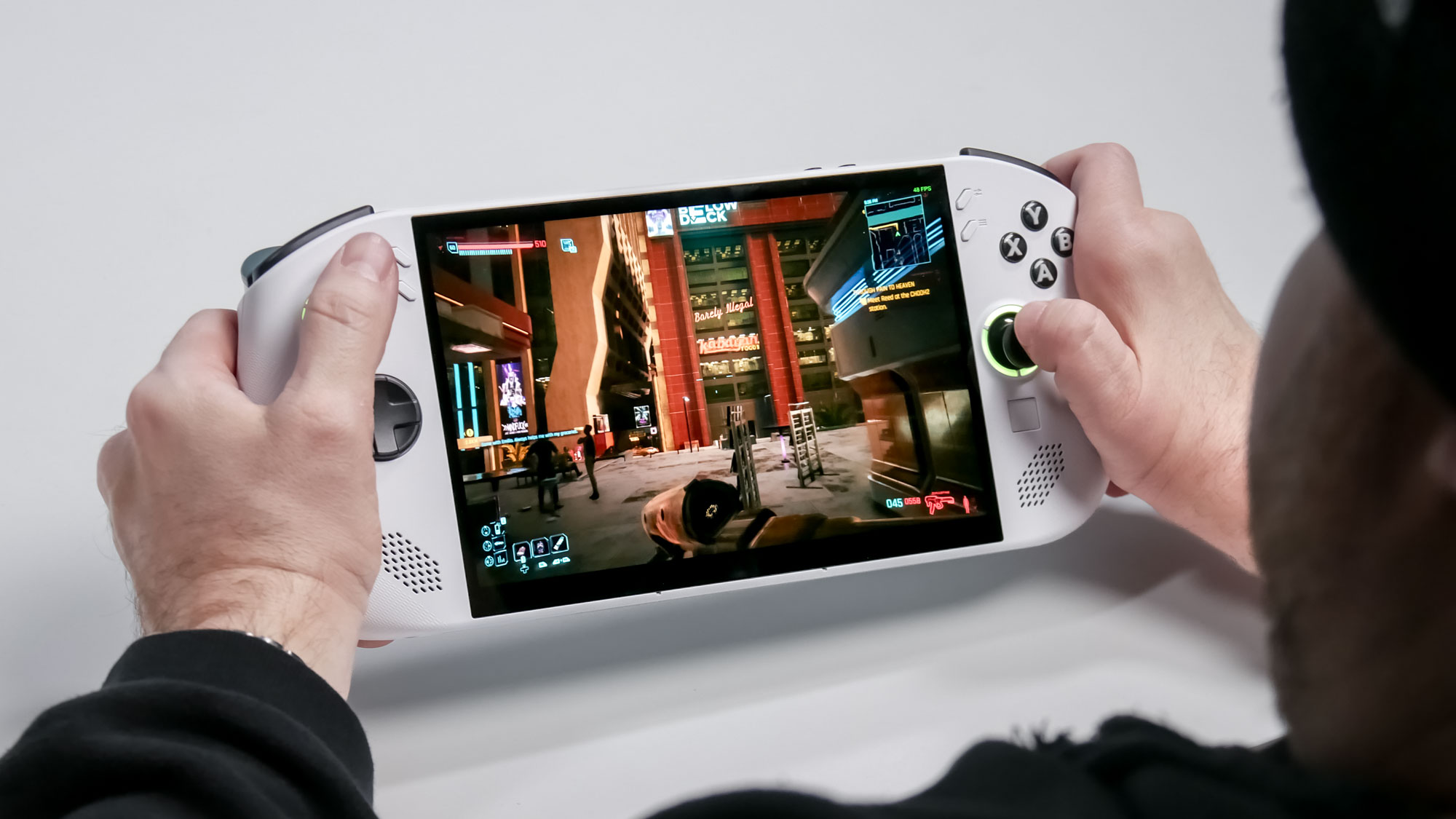
Lenovo debuted its smaller, easier-to-use Legion Go S with a new AMD Ryzen Z2 Go chip. There's also the upcoming Acer Nitro Blaze 8 and Acer Nitro Blaze 11, named for their respective 8-inch and 11-inch screens, that steal the detachable controllers of the Legion Go and Switch. But the most significant shake-up wasn't hardware: Valve announced that its popular SteamOS, the gold standard for portable PC gaming UI, will come to third-party handhelds as soon as April.
That might sound like gibberish if you've yet to buy into the PC gaming handheld ecosystem, but trust me, it's big news.
The current crop of Steam Deck competitors are mostly limited to running Windows, and as my colleague Tony Polanco put it in his ROG Ally X review: “Windows 11 absolutely sucks on a handheld.” Microsoft's OS isn't optimized for handheld devices, adding extra bloat and drag on battery life while also being a royal pain to use on such a tiny screen. SteamOS's widespread adoption has the potential to ratchet up the appeal of the entire handheld PC gaming market.
While no one expects Switch 2 to outmatch the pixel-pushing prowess of a handheld gaming PC, the selection of more powerful options weakens Nintendo's sales pitch. We'll have to wait until April to learn more about the Switch 2's specs, but from what we've heard so far, it's not likely to surpass competitors that have been on the scene for years.
If it seems like I've painted a grim picture for the Switch 2's chances at success, that's because specs only tell part of the story. In reality, Nintendo is running circles around the competition, if it can even be called that. Sales of the Steam Deck, Asus ROG Ally, and every other handheld gaming PC combined don't even come close to the Switch's 150 million consoles sold.
The fact is, Nintendo has carved out a league entirely of its own. One that PC gaming handhelds have yet to crack, for all their technical bells and whistles. If it's anything like its predecessors, the Switch 2 will continue to be the de facto console for families and kids, who historically have cared less about framerates and performance than they do about what games they can play on it. Want to check out the latest Mario or Legend of Zelda title? Nintendo's your one and only option — just as it's always been.
If Switch 2's rumored hardware upgrades shake out, it also has a real chance of convincing holdouts who might have been waiting for this Wild West boom of handheld PCs to die down before pulling the trigger on an expensive machine. Even the best handheld gaming PCs suffer from frustrating drawbacks like poor battery life and subpar OS optimization. A few hundred bucks on the latest from a dependable name like Nintendo is easier to swallow than $500+ on a machine that's still working out the kinks.
But can a souped-up version of Nintendo's 2017 console really make a case for itself in this day and age? Or will we see another train wreck like the Wii U if Nintendo fails to distinguish it enough to convince folks it's worth upgrading from their excellent Switch?
We've broken down how the Switch 2 might compare to the best handheld gaming consoles on the market so you can make the case for yourself. Granted, Nintendo's keeping tight-lipped about what to expect from its long-awaited Switch successor, but with a release date slated for sometime later this year, it's only a matter of time before we learn more.
Switch 2 rumored specs vs. other gaming PC handhelds
| Header Cell - Column 0 | Switch 2 (rumored) | Asus ROG Ally X | Steam Deck OLED (1TB) | Lenovo Legion GO S | MSI Claw 8 AI+ |
|---|---|---|---|---|---|
Price | $280-$499 | $799 | $649 | $729 | $899 |
Chipset | TBD | AMD Ryzen Z1 Extreme | Custom AMD Zen 2 "Van Gogh" APU | AMD Ryzen Z2 Go | Intel Core Ultra 7-258V |
Storage | TBD | 1TB PCIe Gen 4x4 SSD | Up to 1TB NVMe SSD | 1TB PCIe SSD Gen 4 | 1TB NVMe SSD |
Memory | TBD | 24GB LPDDR5x | 16GB LPDDR5x | 32GB | 32GB |
Operating system | TBD | Windows 11 | SteamOS | Windows 11 | Windows 11 |
Display | 7.5-inch display | 7-inch FHD, 16:9, 120Hz refresh rate IPS panel | 7-inch 1280 x 800 HDR OLED, 90Hz refresh rate | 8-inch WQXGA (1920 X 1200) LCD 16:10 | 8-inch WQXGA (1920 X 1200) LCD 16:10 |
Ports | TBD | 1x USB 4 Type-C, 1x USB 3.2 Gen 2 Type-C, 1x 3.5mm audio jack, 1x microSD card reader slot | 1x USB-C, 1x 3.5 mm audio jack, 1x microSD card reader | 1X Micro SD card slot, 2X USB-C, 1X headphone jack | 2x Thunderbolt 4 USB Type-C, 1x microSD Card reader, 1x 3.5mm headphone/mic jack |
Dimensions | TBD | 11 x 4.4 x 1.5 inches | 11.73 x 4.6 x 1.93 inches | 11.77 x 5.02 x 0.88 inches | 11.77 x 4.96 x 0.94 inches |
Weight | TBD | 1.49 pounds | 1.4 pounds | 1.63 pounds | 1.75 pounds |
Battery | TBD | 03:04 | 3-12 hours | 01:42 | 02:22 |
Valve Steam Deck: $520 @ Amazon
Steam's portable gaming device puts the power of a PC in the palm of your hand, and we labeled it a "Nintendo Switch for adults" in our Steam Deck review. Games look phenomenal on the Steam Deck’s 7-inch 1280 x 720 LCD touchscreen, and the 16:10 aspect ratio works well when navigating through the SteamOS interface. It runs on a custom AMD Zen 2 “Van Gogh” APU and packs 16 GB RAM, enough to handle many games at decent framerates.
Steam Deck OLED (512GB): $645 @ Amazon
The Steam Deck OLED impresses thanks to its vibrant display, lighter design, faster Wi-Fi and improved cooling. The original model was great, but this latest iteration demonstrates that Valve can improve on perfection. The Steam Deck OLED has set a new standard for competitors to follow.
MSI Claw 8 AI+: $899 @ Amazon
MSI and Intel’s second attempt at a serious handheld gaming PC, the Claw 8 AI+ boasts a bigger 8-inch display, longer battery life, and Intel’s improved Core Ultra 200V “Lunar Lake” chip to make a strong case for itself in an increasingly competitive gaming market.
Lenovo Legion Go: $699 @ Amazon
The Lenovo Legion Go merges a PC gaming handheld with Nintendo Switch-esque versatility, thanks to those detachable controllers. Other strengths of this machine include a larger 8.8-inch QHD display with a 144Hz refresh rate and a decently sized 49Wh battery.
Lenovo Legion Go S: $729 @ Lenovo
The Lenovo Legion Go S isn't aiming to replace the Legion Go, but instead, it serves as a smaller and easier-to-use option. With a more ergonomic design, updated game launcher, and new AMD Ryzen Z2 Go chip, the Legion Go S aims to be the Windows 11 handheld for the masses.
Asus ROG Ally X: $799 @ Best Buy
Learning the lessons from the first ROG Ally, Asus created an absolute monster with the Ally X — packing that same stellar AMD Ryzen Z1 Extreme processor, a massive 24GB of RAM, a 1TB SSD, and (the most important upgrade) a gigantic 70Wh battery for vastly longer gaming sessions.
Asus ROG Ally: $490 @ Amazon
Don’t count out the older ROG Ally just because it's been supplanted by the souped-up ROG Ally X. With the same Ryzen Z1 Extreme chipset, you can get similar framerates to the higher-specced system above. However, the battery is significantly smaller.
Back to Switch 2 launch hub
More from Tom's Guide

Alyse Stanley is a news editor at Tom’s Guide, overseeing weekend coverage and writing about the latest in tech, gaming, and entertainment. Before Tom’s Guide, Alyse worked as an editor for the Washington Post’s sunsetted video game section, Launcher. She previously led Gizmodo’s weekend news desk and has written game reviews and features for outlets like Polygon, Unwinnable, and Rock, Paper, Shotgun. She’s a big fan of horror movies, cartoons, and roller skating.
You must confirm your public display name before commenting
Please logout and then login again, you will then be prompted to enter your display name.

